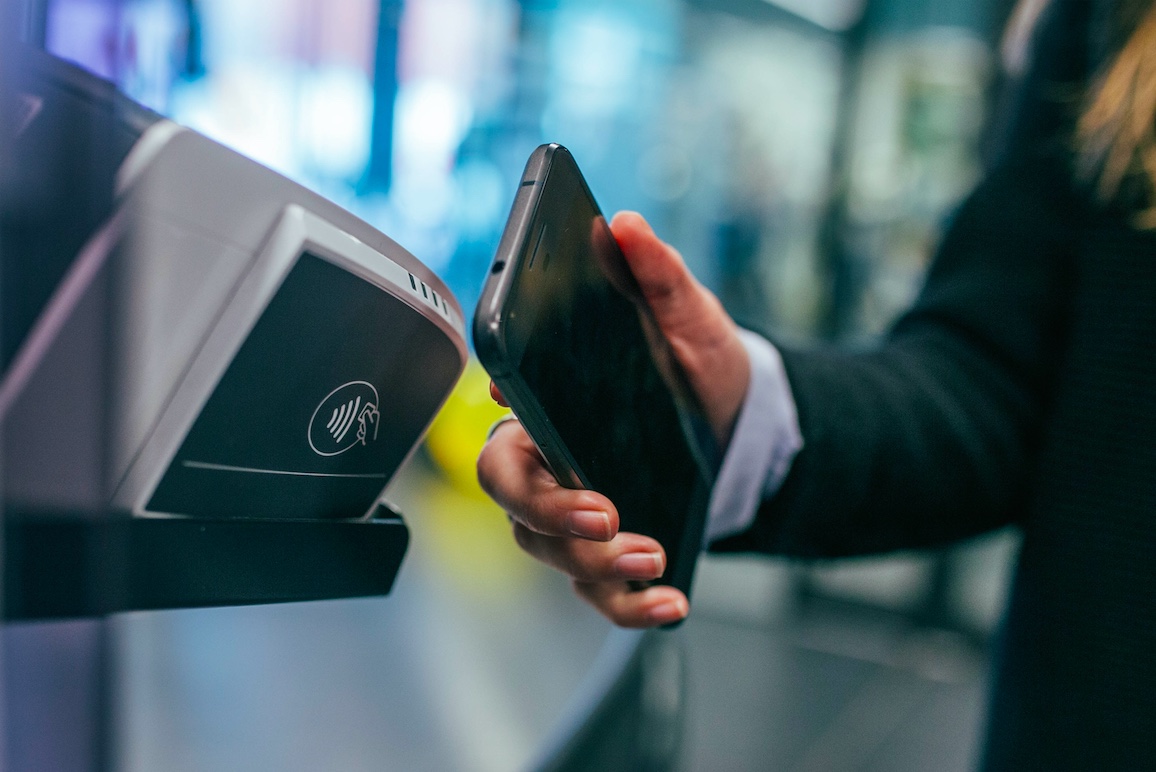Peer-to-Peer Payments Market Research

Peer-to-Peer payments have emerged as a groundbreaking force in the financial sector, reshaping the way we exchange money… But, how can businesses stay ahead and make informed decisions in this dynamic environment? The answer lies in peer-to-peer payments market research.
了解點對點支付市場研究
Peer-to-peer payments market research involves studying user behaviors, preferences, and adoption rates across various P2P payment platforms. Businesses must dissect the factors driving the adoption of P2P payments and the challenges they pose. By conducting P2P payments market research, businesses can position themselves to harness the full potential of this transformative technology.
Examples are Venmo, PayPal, Zelle, and Square Cash. These payment systems allow users to send money to one another. P2P customers send money using their mobile devices via a linked card or bank account.
P2P 支付市場研究的重要性
P2P payments market research offers valuable insights into the dynamics of P2P payments, shedding light on user preferences, security concerns, and adoption patterns. It allows companies to adopt a consumer-centric approach and tailor their products and services to meet customers’ evolving needs. This enhances user satisfaction and fosters brand loyalty in a fiercely competitive market.
Furthermore, market research can uncover potential pitfalls and vulnerabilities in the P2P payments landscape, enabling businesses to address security concerns and compliance issues proactively. However, it offers many other benefits for businesses, including:
- 戰略創新: P2P payments market research exposes companies to emerging technologies and trends within the payment industry.
- 競爭優勢: By staying ahead of market trends and understanding the competitive landscape, companies can position themselves as leaders in the P2P payments sector.
- 成本效率: 了解市場動態和消費者行為可以製定具有成本效益的策略。 P2P 支付市場研究可協助企業有效分配資源,最大限度地減少不必要的支出,同時最大限度地提高投資的影響。
- 可擴充性: Businesses aiming for growth and expansion can benefit significantly from P2P payments market research. It provides insights into potential markets, user demographics, and growth opportunities, enabling companies to scale their operations strategically.
誰使用點對點支付市場研究

Understanding the user base of the peer-to-peer payments market research is key to comprehend its relevance in today’s financial landscape. Here are some of the most critical users of this market research:
• 金融機構: 傳統銀行和信用合作社對 P2P 支付市場研究非常感興趣,因為它們適應不斷變化的客戶偏好。研究幫助他們調整服務和數位產品,以滿足精通技術的消費者的期望。
• 金融科技新創公司: 金融科技新創公司處於 P2P 支付創新的前沿。他們嚴重依賴市場研究來確定市場差距、了解使用者行為並調整產品以獲得最佳使用者體驗。
• 支付服務提供者: 促進支付處理(包括 P2P 支付)的公司利用市場研究來優化其平台、增強安全措施並在不斷變化的環境中保持競爭力。
• 電子商務企業: 線上零售商將 P2P 支付選項整合到其結帳流程中。市場研究幫助他們確定首選的付款方式,確保為客戶提供無縫的購物體驗。
• 監理機構: 政府機構和監管機構利用 P2P 支付市場研究來了解這些技術對金融市場的影響,並制定適當的法規和保障措施。
P2P 支付市場研究與傳統市場研究有何不同?
P2P 支付市場研究本質上是數位化的,重點關注快速發展的數位支付、行動應用程式和線上平台。另一方面,傳統市場研究涵蓋更廣泛的行業和部門。
而且, P2P payments market research closely tracks emerging technologies within the financial sector such as blockchain, cryptocurrencies, and digital wallets. These technologies are transforming transactions, and understanding their impact is essential. Traditional market research may not delve as deeply into these specific technological trends.
此外, as mobile devices become the primary conduit for P2P payments, this research provides insights into mobile usage patterns, app adoption, and mobile payment trends. Traditional market research may not capture these mobile-centric insights as comprehensively.
P2P支付市場研究現狀

為了在快速發展的點對點支付市場研究領域保持領先地位,關注最新趨勢和發展至關重要——以下是塑造該領域的一些當前趨勢:
• 人工智慧和機器學習整合: P2P 支付市場研究越來越多地利用人工智慧 (AI) 和機器學習來分析大量資料集。這些技術提高了數據準確性,支援預測分析,並識別使用者行為中的複雜模式。
• 以移動為中心的見解: With the continued growth of mobile payments, research is focusing on mobile-centric insights. Understanding mobile app usage, user preferences, and mobile security measures is paramount.
• 區塊鏈和加密貨幣: The emergence of blockchain technology and cryptocurrencies within the P2P payments sector has sparked research interest. Investigating the impact of decentralized finance (DeFi) and digital currencies is a growing trend.
• 增強的安全協定: The importance of security in P2P payments cannot be overstated. Research focuses on the latest security protocols, encryption methods, and fraud detection techniques to safeguard user transactions.
• 使用者體驗優化: User experience is critical to P2P payment adoption. Research delves into user interface design, app usability, and feedback mechanisms to enhance the customer journey.
P2P支付市場為企業帶來的機會
在 P2P 支付的動態格局中,企業可以找到大量發展和創新的機會,例如:
• 全球擴張: Digital transactions’ borderless nature opens doors for global expansion. P2P payments market research can help businesses identify target markets with high adoption potential, regulatory considerations, and user preferences in different regions.
• 夥伴關係和聯盟: Collaborations with fintech startups, payment service providers, or even traditional financial institutions present businesses with opportunities to broaden their reach and offer complementary services. Market research aids in identifying suitable partners and potential synergies.
• 安全解決方案: The increasing concern over cybersecurity allows businesses to develop and market robust security solutions, such as biometric authentication, tokenization, or fraud detection systems. P2P payments market research helps identify security trends and user expectations.
• 數據貨幣化: 企業可以探索資料貨幣化策略,例如向其他公司或廣告商提供匿名見解。市場研究可以識別數據貨幣化趨勢和潛在合作夥伴。
• 合規服務: Evolving regulations require businesses to stay compliant. P2P payments market research can reveal the industry’s specific compliance needs, allowing companies to offer consulting or compliance-related services.
P2P 系統是小額支付的有效解決方案

Micropayments are financial transactions involving tiny sums of money. PayPal defines anything less than US$12 as a micropayment, whereas Visa defines the amount as US$20. In practice, it’s difficult for businesses to recoup micropayment processing costs. A growth area in micropayments has been using them in online virtual reality games. P2P payment systems make it easier and cheaper to settle micropayments.
Micropayments are a modern solution to an old problem. For a micropayment system to work, it must have large transaction volumes, small transaction fees, and instant payments. Most blockchains now have a link to a cryptocurrency. With micropayments, central banks can connect them to standard currencies. Once we have widespread adoption of micropayments, the way we do business will change.
關於P2P支付市場研究
SIS Research offers Market Research services, including Consumer Research, Customer Loyalty, and Segmentation, Industry Tracking, Competitive Analysis, and FinTech Strategy Consulting. SIS provides Focus Groups, Surveys, Consumer Online Communities, and Global Market Expansion strategies. Call us today to schedule a consultation.
我們在紐約的工廠位置
11 E 22nd Street, Floor 2, 紐約, NY 10010 電話:+1(212) 505-6805
關於 SIS 國際
SIS國際 提供定量、定性和策略研究。我們為決策提供數據、工具、策略、報告和見解。我們也進行訪談、調查、焦點小組和其他市場研究方法和途徑。 聯絡我們 為您的下一個市場研究項目。



